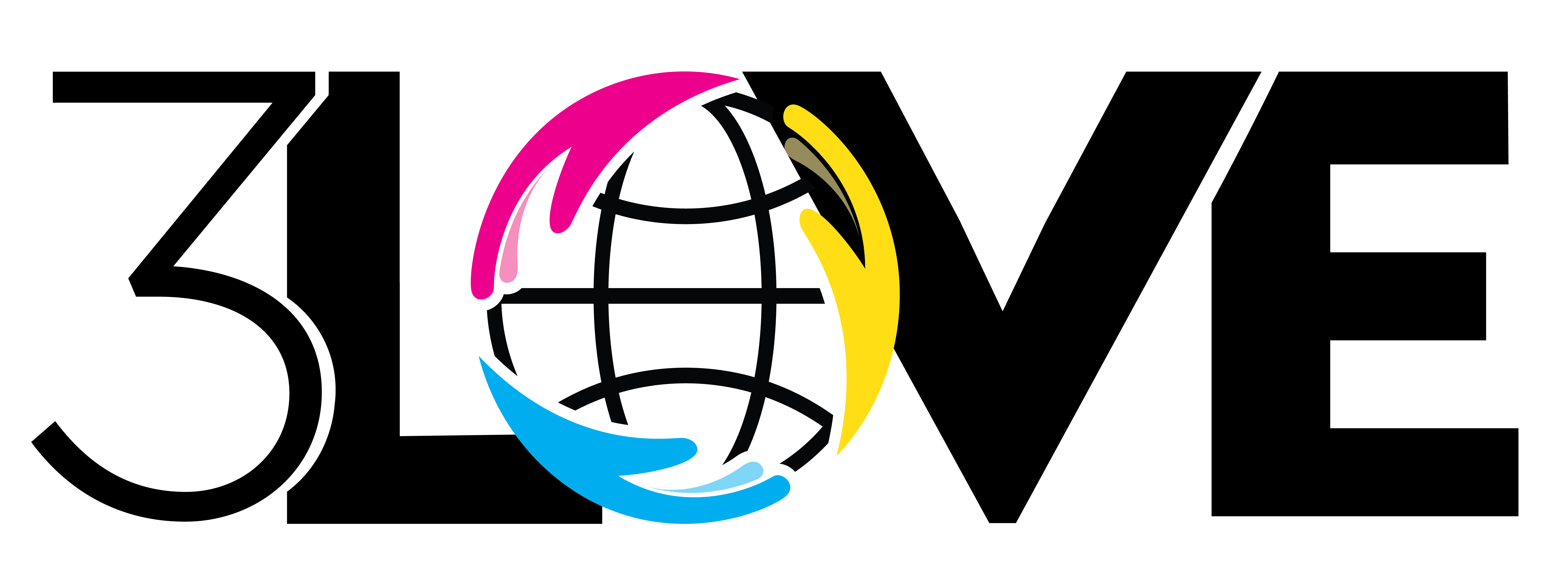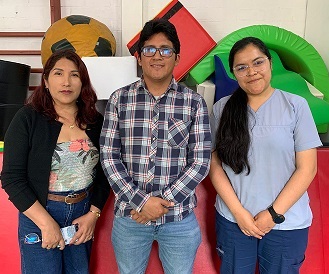International Sign Language Day is celebrated on September 23 with the goal of supporting and protecting the linguistic identity and cultural diversity of all deaf people and other sign language users.
Promoting access, recognition, and inclusion of the deaf community
International Sign Language Day was first celebrated on September 23, 2018, after the United Nations General Assembly officially declared it in 2017. The date was chosen to coincide with the anniversary of the creation of the World Federation of the Deaf (WFD) in 1951.
According to UNICEF, deaf children have historically faced many barriers, such as access to quality services, which constitutes a denial of their human rights. Therefore, this international day seeks to promote access, recognition, and inclusion of the deaf community, ensuring their right to communicate and participate fully in society.
19 of the 21 countries in the Eastern and Southern Africa region have ratified the United Nations Convention on the Rights of Persons with Disabilities, which recognizes sign language as a fundamental means of communication for freedom of expression and access to information. The Protocol to the African Charter on Human and Peoples’ Rights on the Rights of Persons with Disabilities in Africa further underscores the importance of sign language in promoting the rights of persons with disabilities.
UNICEF’s Disability Inclusion Policy and Strategy 2022-2030 emphasizes inclusive communication, providing resources in sign language and promoting its use in advocacy to ensure the full participation of children with disabilities by 2030.
Sign languages as official languages
Sign languages differ between countries due to cultural, historical, and linguistic influences, resulting in unique grammar, vocabulary, and syntax.
Ugandan Sign Language (USL) has been recognized since 1995. Uganda is a pioneer in Eastern and Southern Africa in making sign language an official language, which has led to better services and political representation for deaf people. More countries in the region have made sign language official, including Zimbabwe in 2013, Kenya in 2021, and most recently South Africa in 2023.
Official recognition of sign languages in these countries has improved accessibility in public services, legal systems, and education, promoting greater inclusion and reducing stigma. It has also improved educational outcomes, as schools incorporate sign language into curricula, and has enabled greater political representation for deaf people.
However, challenges remain, such as limited resources, a shortage of qualified professionals, and inconsistent implementation. Social stigma and regional disparities also hinder full integration and acceptance, requiring ongoing efforts to overcome these barriers.
Promoting a more inclusive society
Promoting sign language is essential to fostering an inclusive society for deaf people. By raising public awareness, integrating sign language into school curricula, and providing interpreters at public events, accessibility can be significantly improved.
Furthermore, promoting policies that recognize sign language in government, education, and public sectors ensures long-term change. Normalizing its use in everyday communication, along with sharing success stories, can inspire wider adoption.


